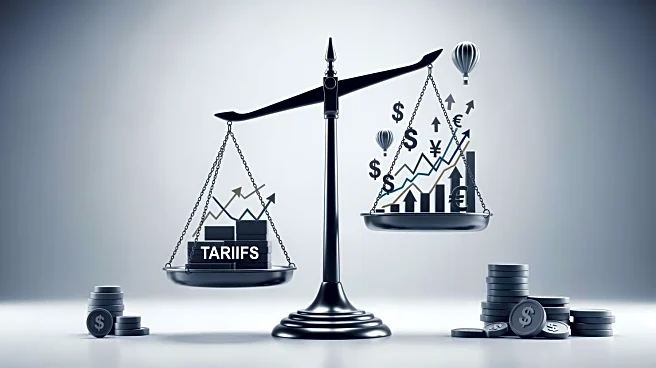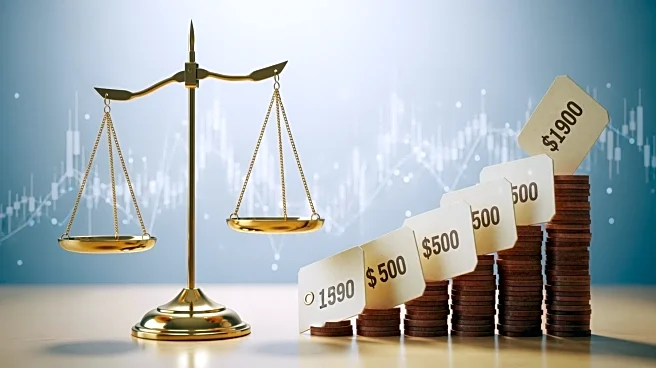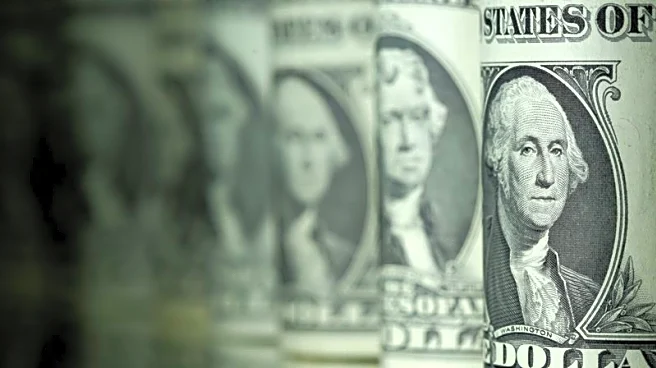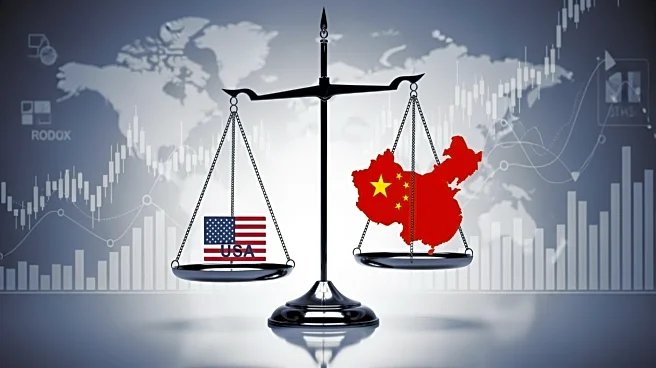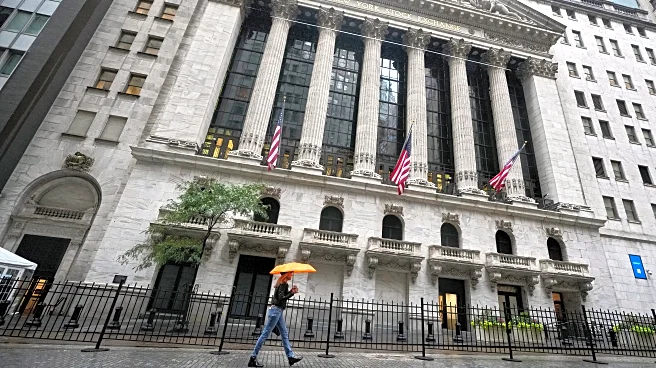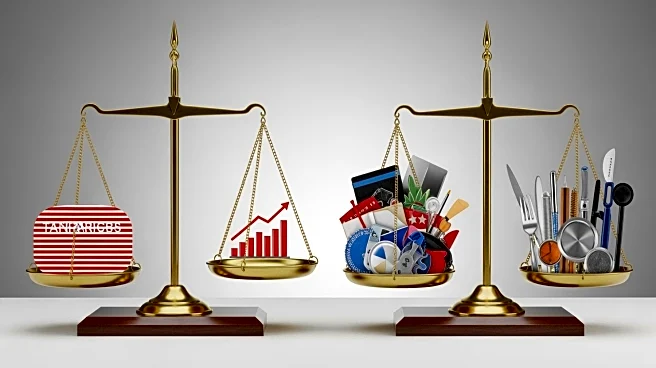What's Happening?
The Federal Reserve's latest Beige Book report indicates that tariffs imposed by President Trump are contributing to higher inflation in the U.S. Companies are facing increased input costs due to tariffs, with varying degrees of these costs being passed
on to consumers. While some firms are absorbing the costs to remain competitive, others are transferring the full burden to customers. The report also notes stable labor markets and muted demand across the Fed's districts, with consumer spending showing mixed trends.
Why It's Important?
The impact of tariffs on inflation is significant as it affects consumer prices and purchasing power. Businesses are caught between maintaining competitiveness and managing increased costs, which could lead to higher prices for consumers. The situation underscores the broader economic implications of trade policies and their role in shaping inflation trends. The delayed release of the consumer price index due to the government shutdown further complicates the Fed's ability to assess inflation accurately ahead of its policy meeting.
What's Next?
The Bureau of Labor Statistics is set to release the consumer price index on October 24, providing crucial data for the Fed's upcoming policy meeting. The ongoing trade tensions, including China's restrictions on rare earth materials and Trump's tariff threats, are likely to influence future economic conditions. Policymakers will need to navigate these challenges while considering the potential impact on inflation and consumer spending.
Beyond the Headlines
The Beige Book highlights the disparities in consumer spending, with upper-income earners maintaining strong spending on luxury items, while lower-income groups seek discounts. This reflects broader economic inequalities and the varying impact of inflation across different demographics. The report also raises questions about the long-term effects of trade policies on economic growth and consumer behavior.
